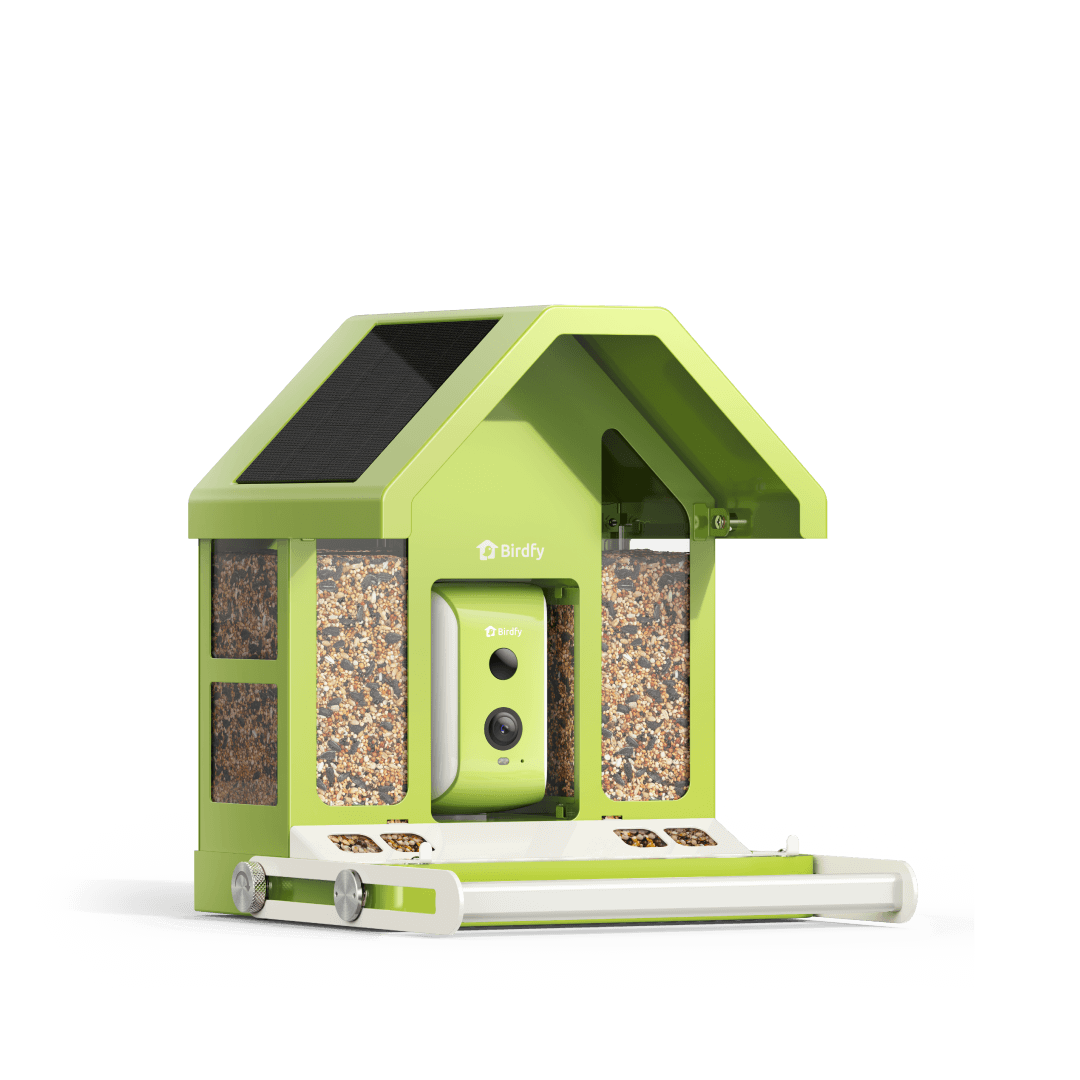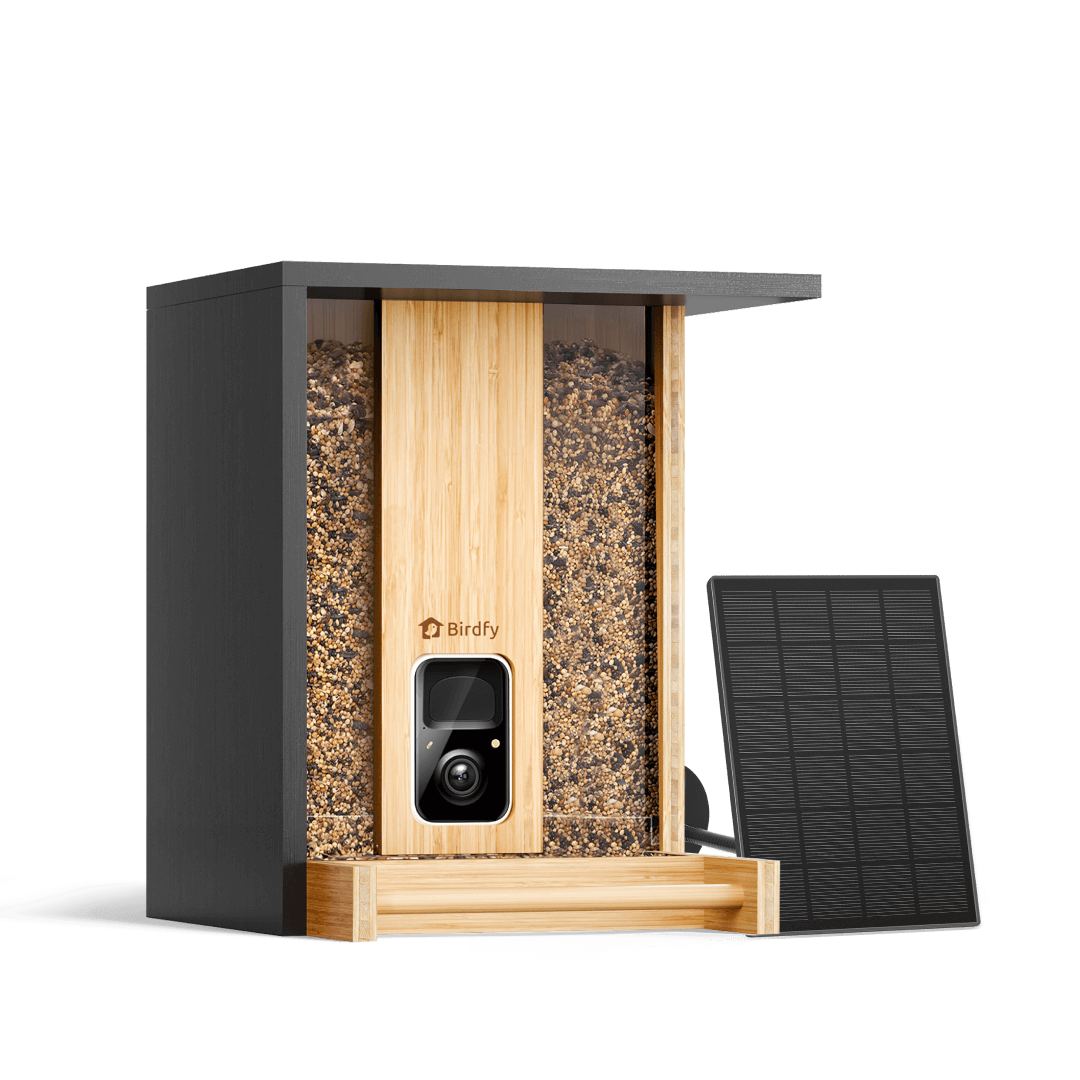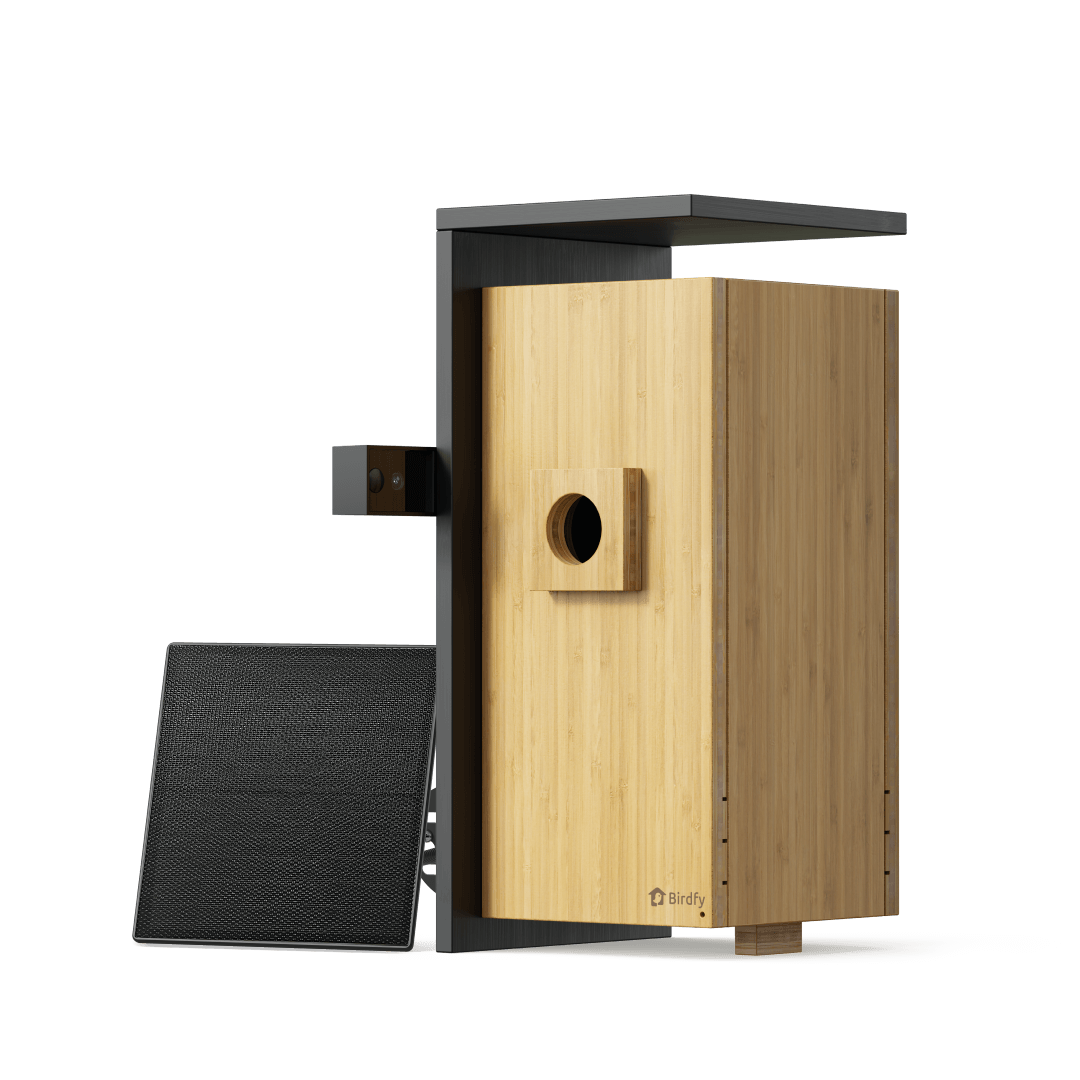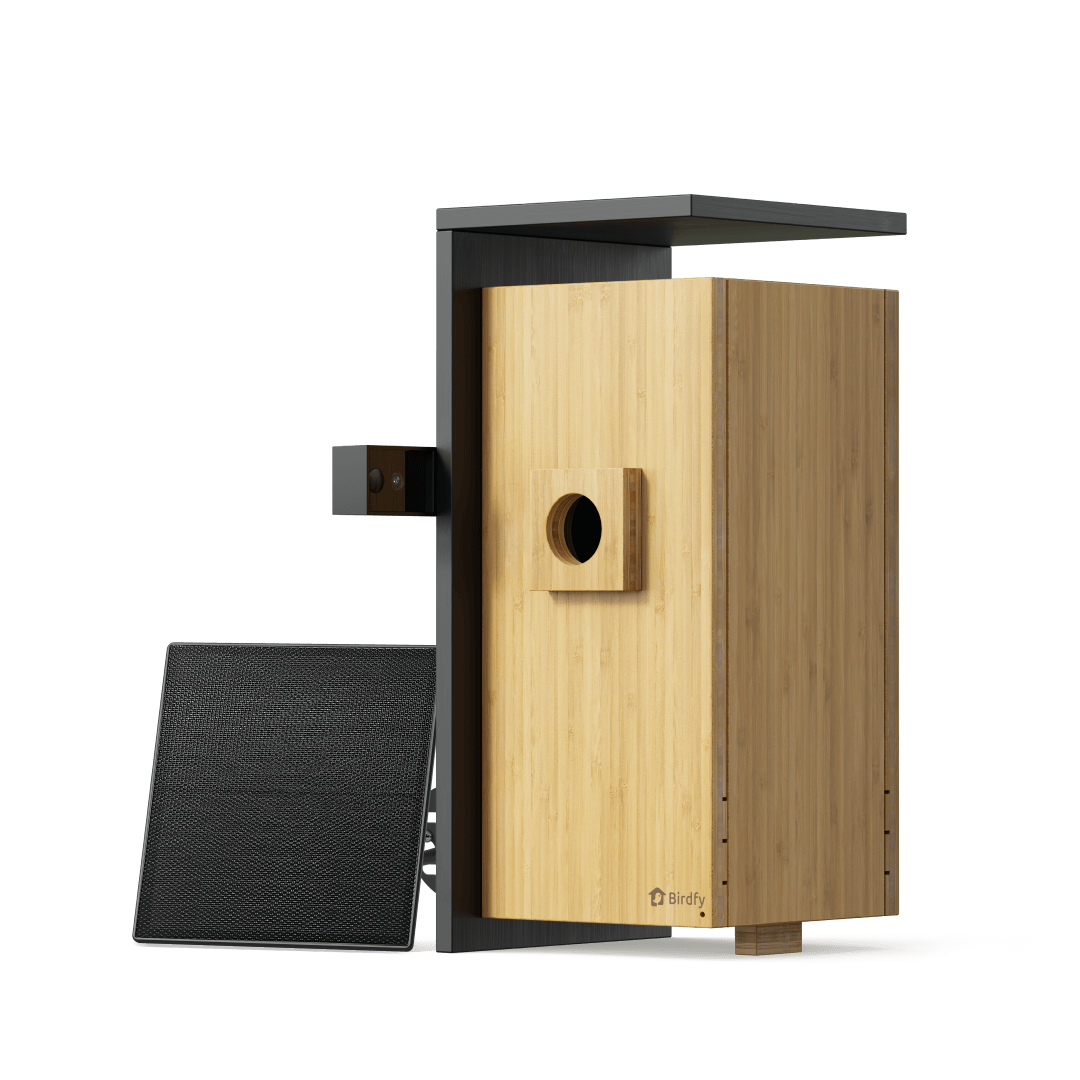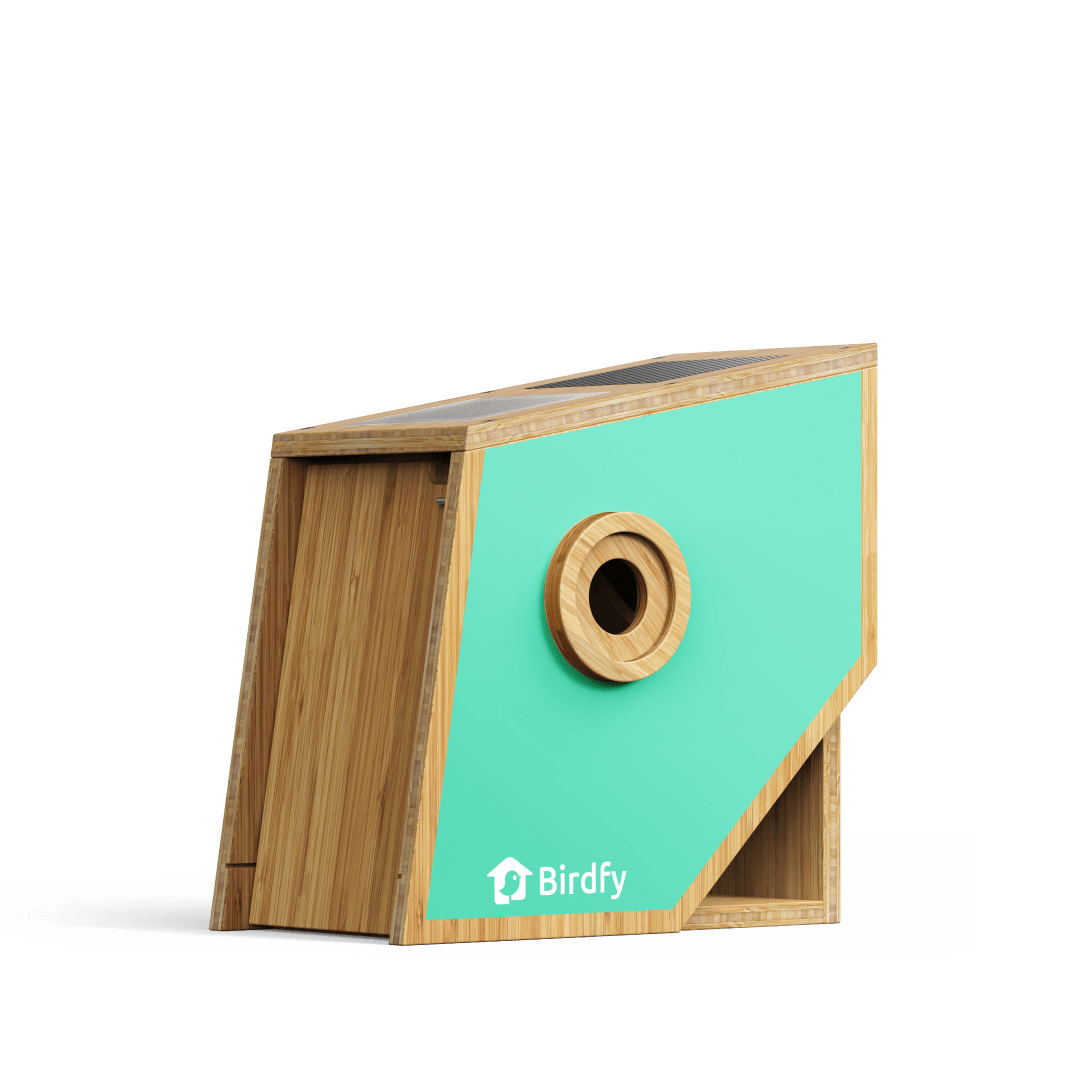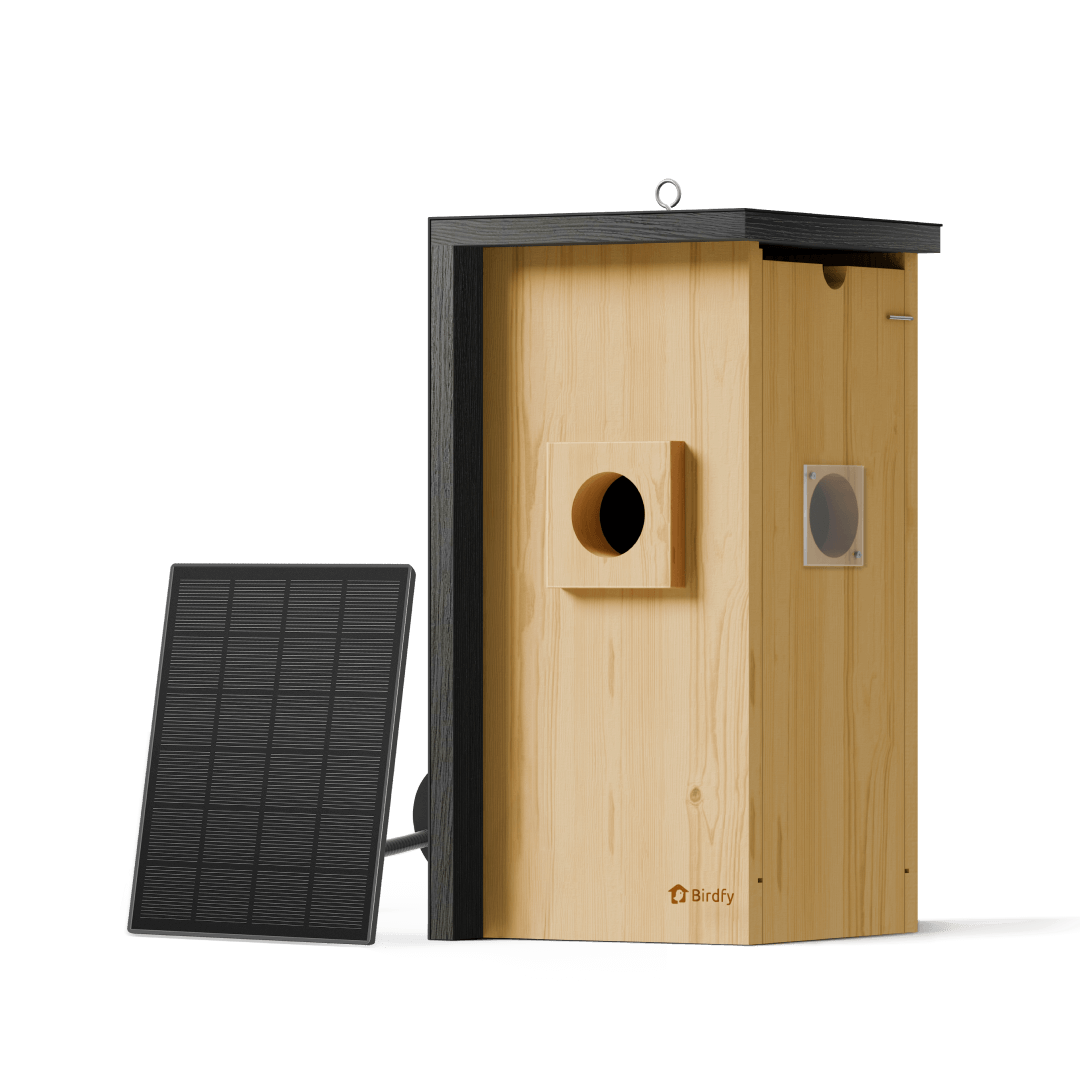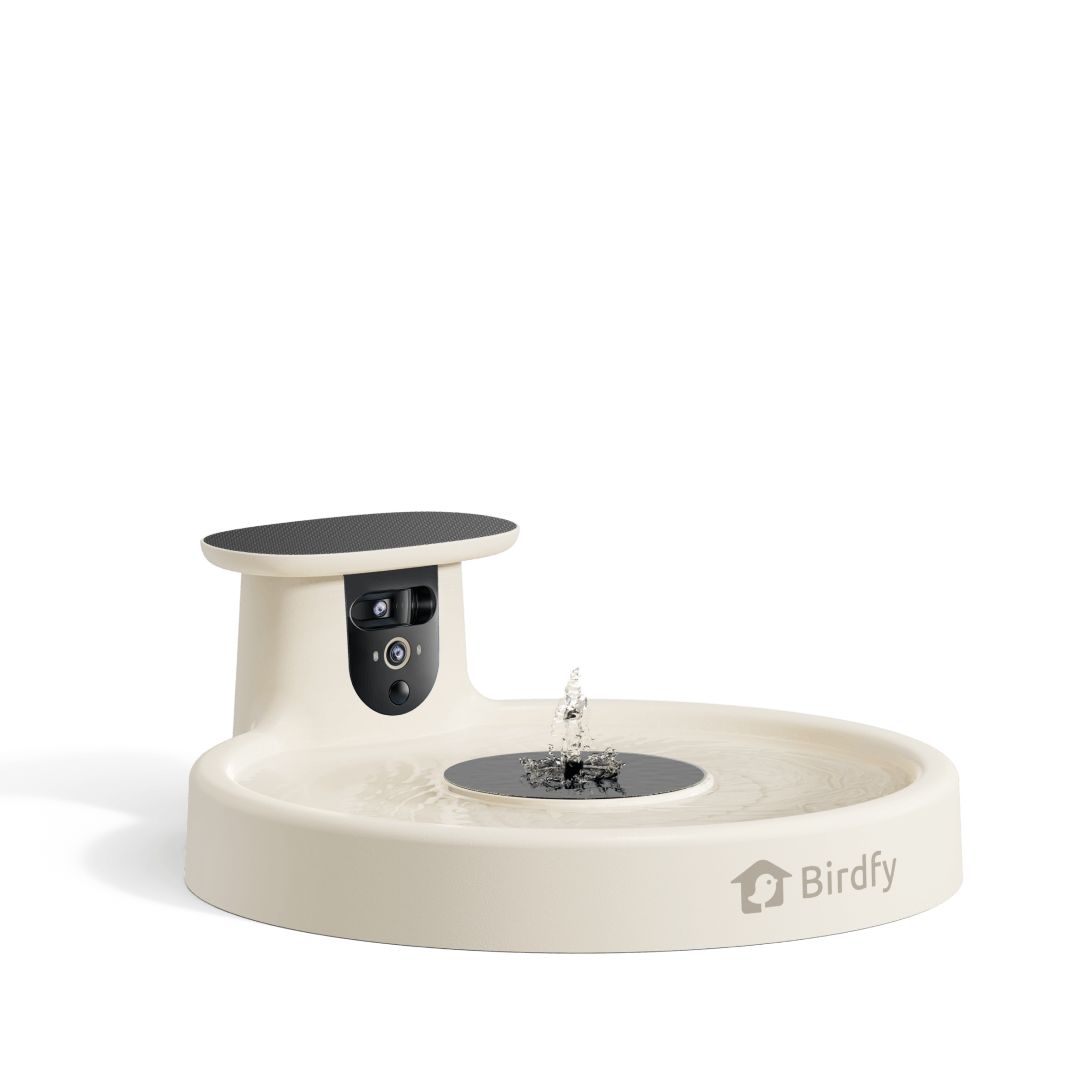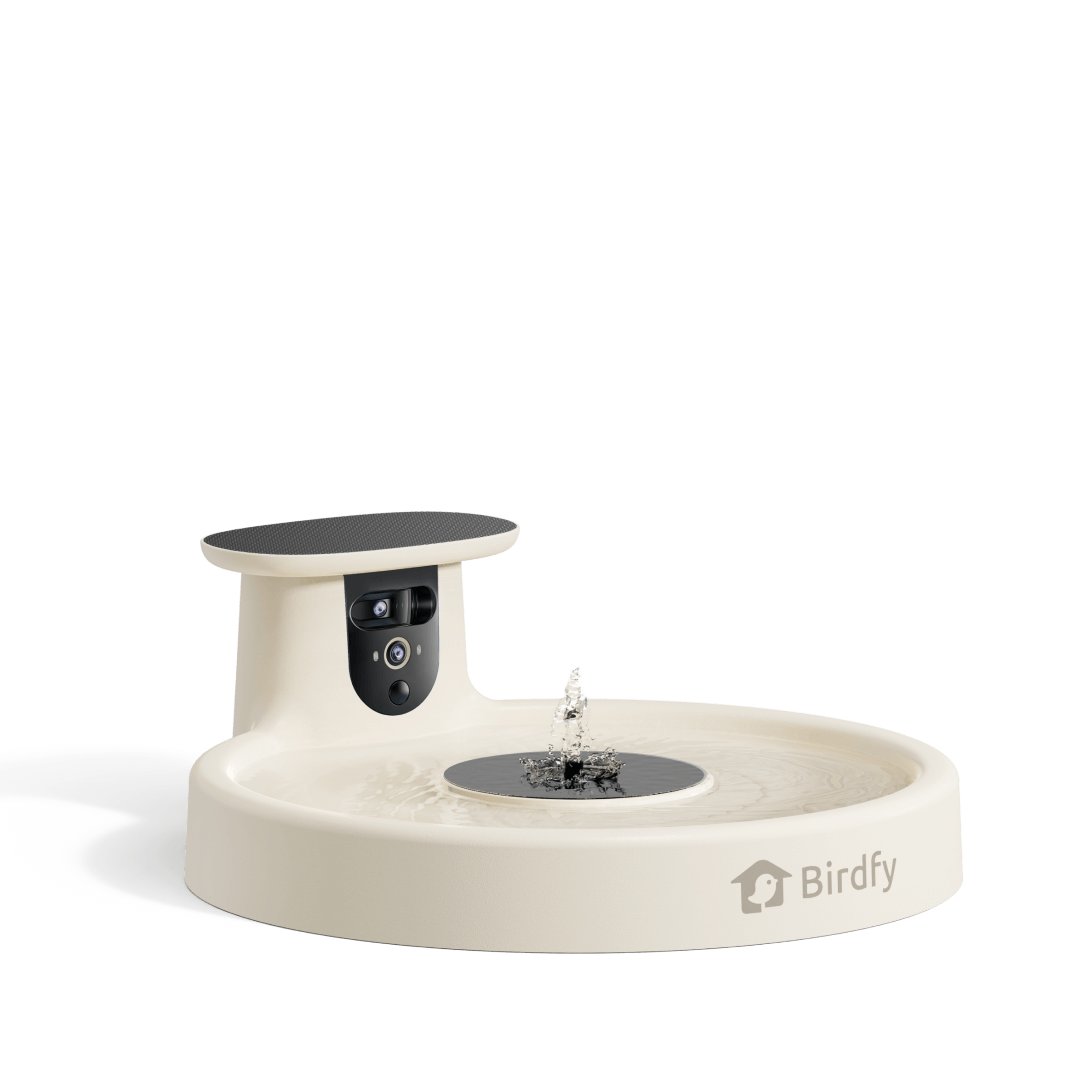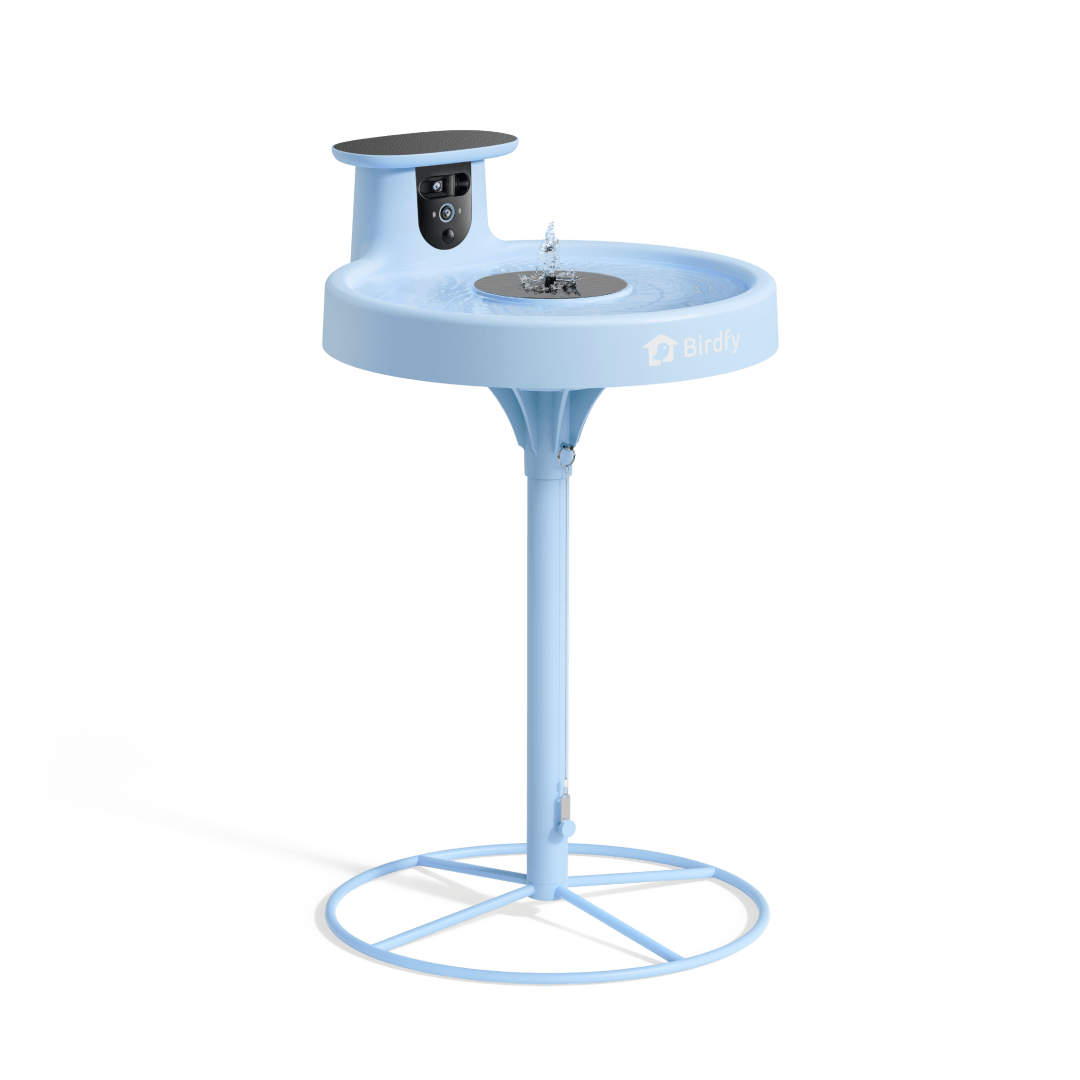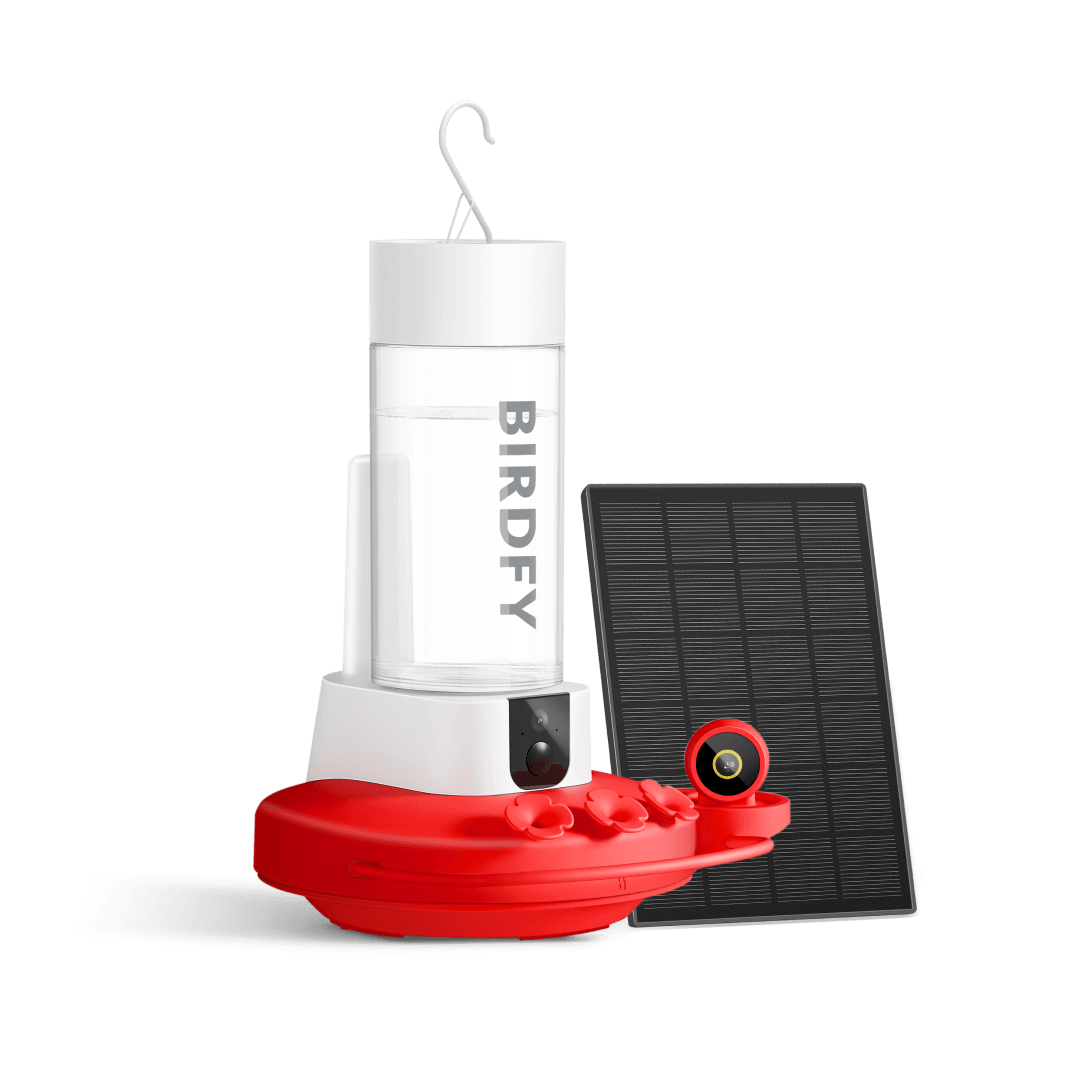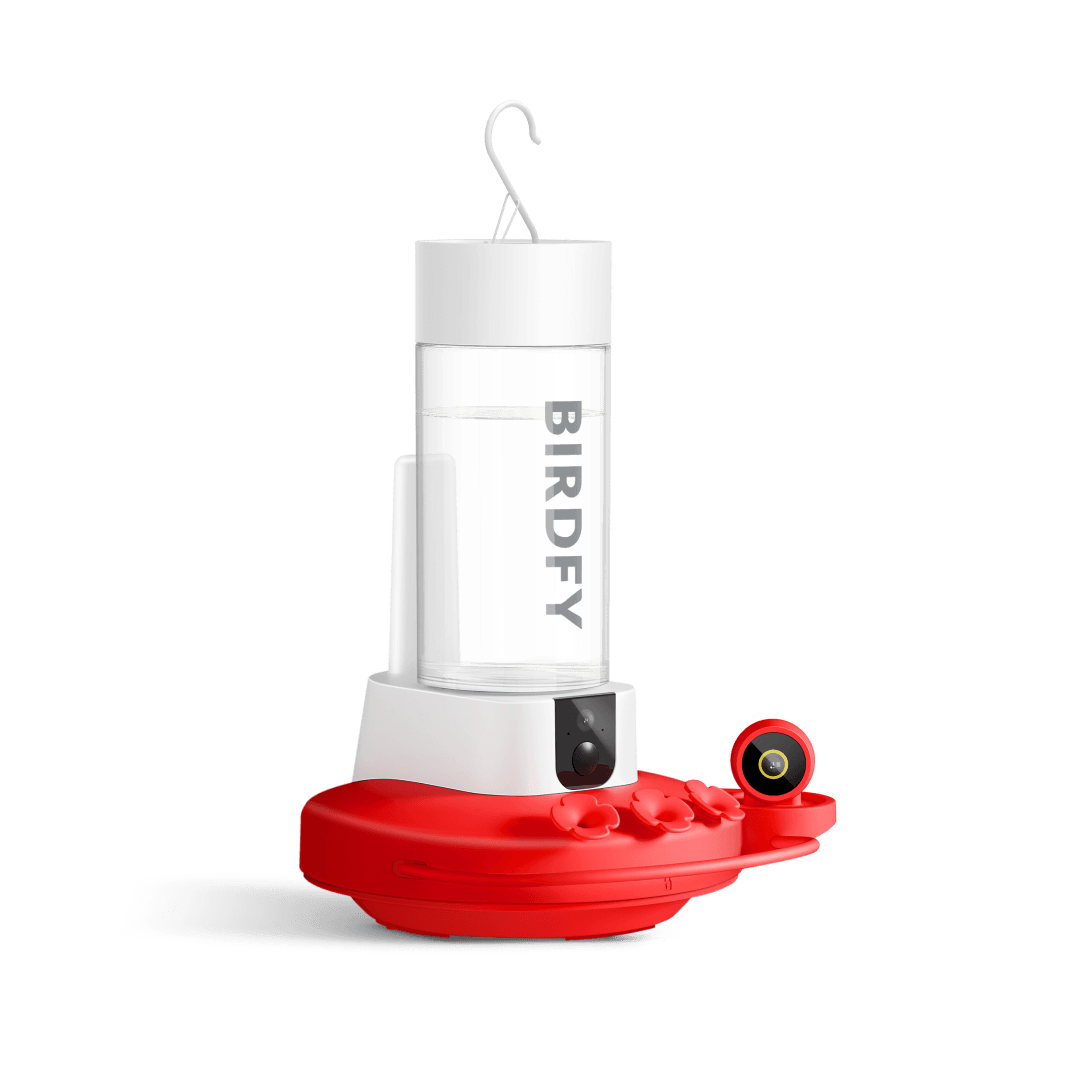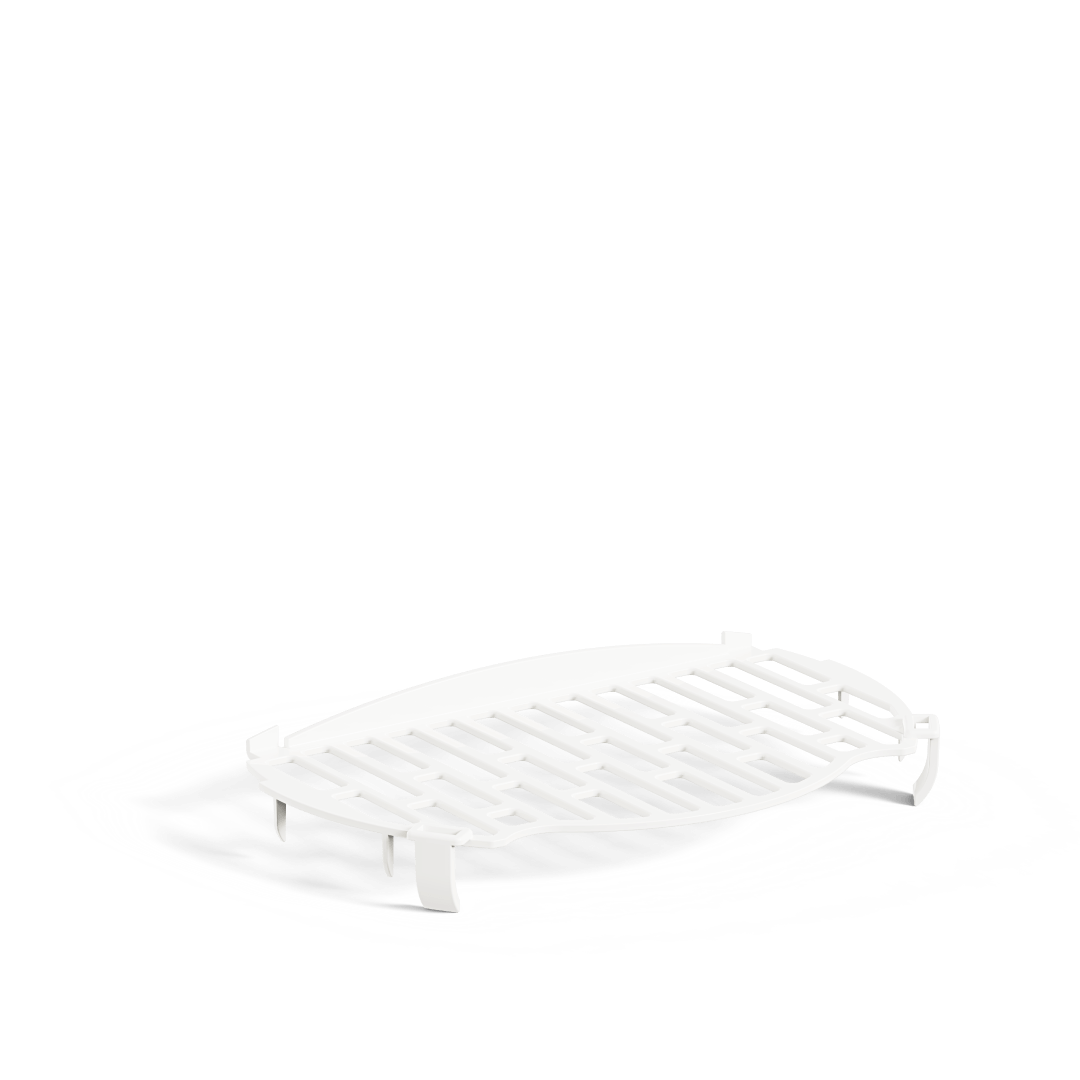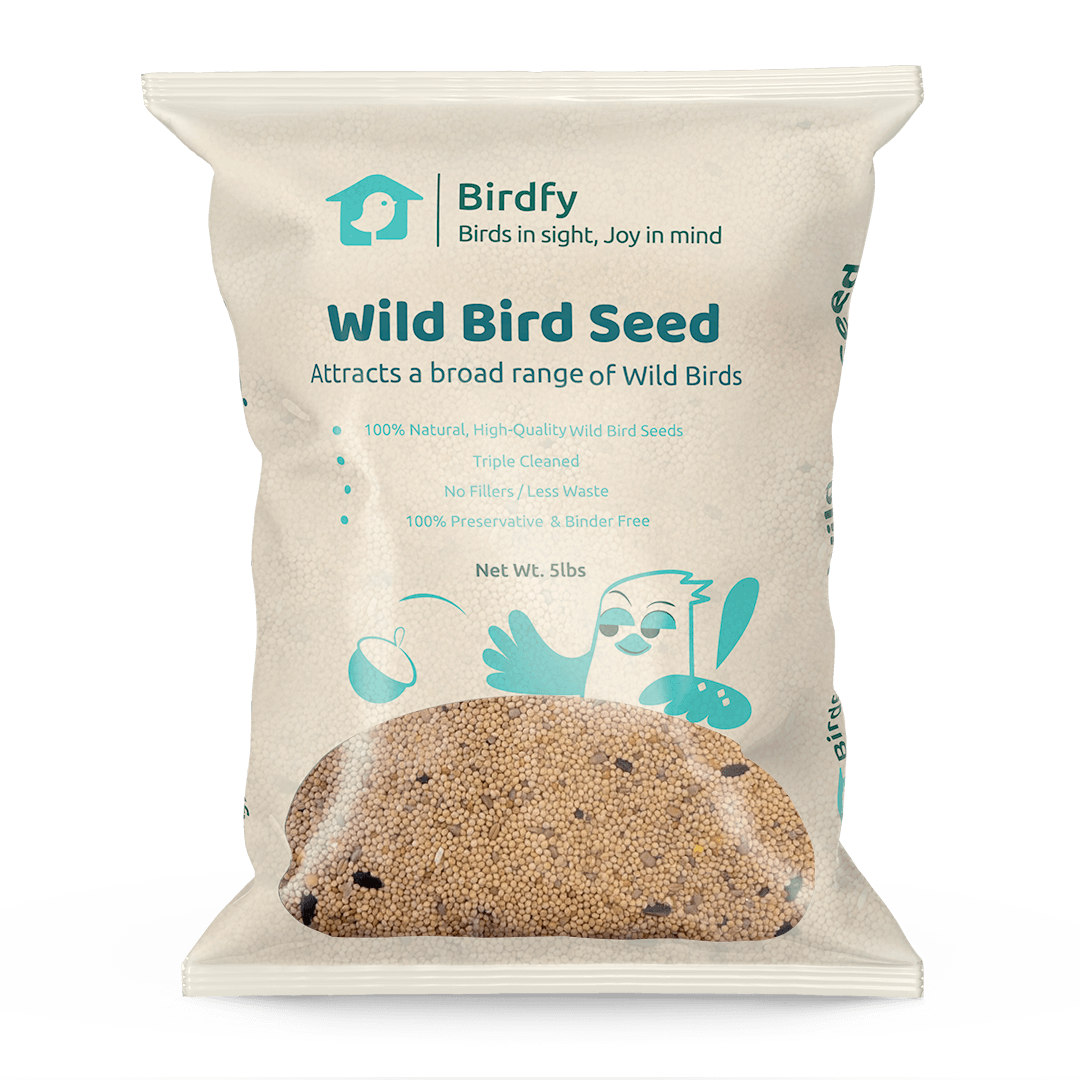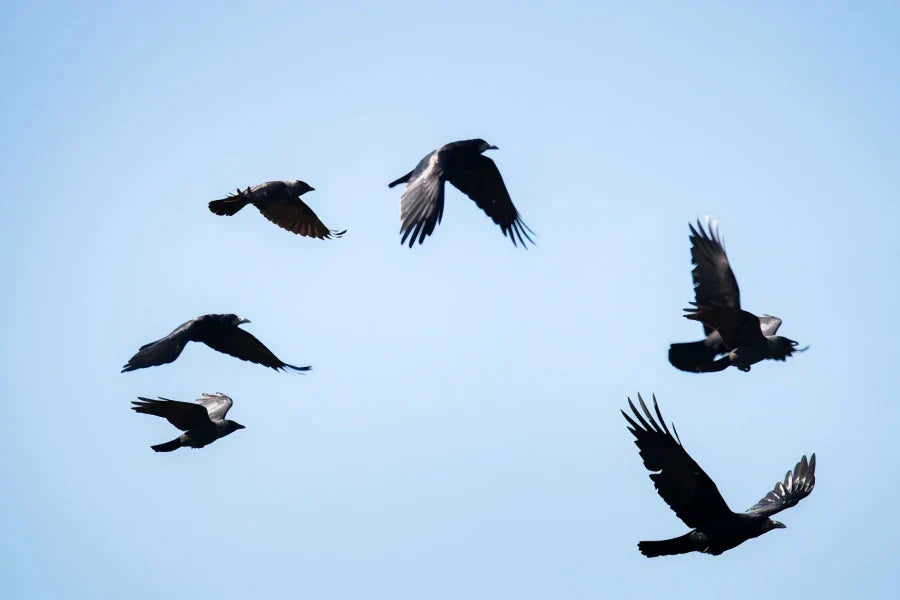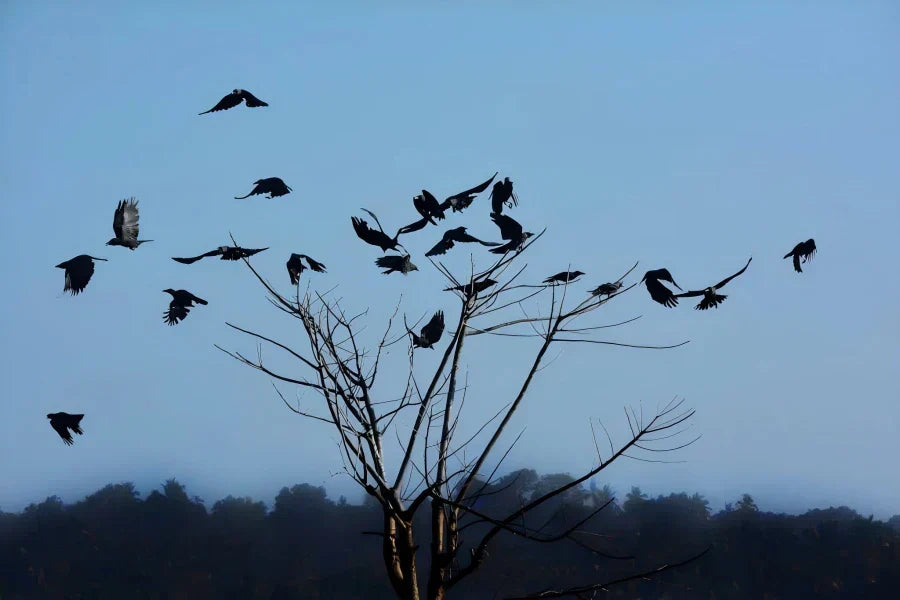Things you need to know about Carolina WRENS!
Carolina wrens are pretty tiny, but they are not shy and quite loud. It is a small bird famous for its gorgeous and loud trills and its curiosity in many habitats. Here, you will find out all the peculiarities that highlight Carolina wrens. You will know how they appear and sound, where they prefer areas to construct their nests, and what is more, you will find out everything about their unique activity. Whether you are an Audubon or an explorer of the natural world, you will find the Carolina Wrens’ world fascinating.
All about Carolina Wrens
Carolina wrens are tiny and active, and they commonly sing loudly or instead in an enthusiastic way. They are native to the South but can be observed in different biomes with the prevalence of forests, and they can even be met in suburban gardens. Being mammals, they are also very curious and can easily be tamed, making them a great attraction for bird watchers. Carolina wrens can also be described by their appearance—less conventional behaviours like their preference for a certain kind of nest or how they feed their chicks.
Carolina Wren Identification
| FEATURE | DESCRIPTION |
| COLOR | Rich red-brown on the back and wings, lighter underparts, and a white stripe above the eyes |
| BEAK | Slightly curved, ideal for catching insects |
| BODY SHAPE | Round, compact, resembling small balls of feathers |
| SIZE | Approximately 4.7-5.5 inches (12-14 cm) in length |
| WING SPAN | Approximately 11-13 inches (28-33 cm) |
| WEIGHT | Around 0.6-0.8 ounces (17-23 grams) |
| TAIL | Usually erect, part of their characterizing features |
As soon as you are informed about the appearance of this bird, it is easy to identify a Carolina wren. These birds have rich red-brown on the back and wings, with the underparts being lighter and buff. Among them, the most visible is the white stripe above the eyes, giving them the look of someone awake and can see. They have a slightly curved beak, which enables them to catch insects. They have a round, compact body and look like small balls of feathers. Their tails are usually erect and are part of their characterising features.
Why is the Carolina Wren So Slake Bird?
Carolina wrens are extraordinary birds thanks to their ability to adapt to various conditions. They are not as picky as other birds and can live in several habitats, from deep forests to urban-suburban backyards. Another characteristic is that they are noisy and distinct, enabling them to make far-reaching calls. Caroline Wrens leave and feed their young in different environments, whether it is cold or they are in search of food.
Carolina Wren Nest in Everything as They Wish!
The Carolina Wren is good at choosing nesting places ! These funny little birds can make a nest in almost anything if they like. From natural spots like tree hollows and dense shrubbery to more unconventional locations like old boots, hanging baskets, mailboxes, and even BBQ Grill! Carolina Wrens are not picky at all. Their ability to nest in such a wide variety of places shows their resilience and creativity, thus they can find a safe home for their eggs in virtually any environment.

Carolina Wren Abandoned Eggs.
In some cases, Carolina wrens may abandon eggs if they feel there is danger or even think the nest is no longer safe. Such behaviour works for their defence and allows them to try once again from a different and more secure position. It is a natural fact that is elicited by their conduct to survive despite such things, which might be considered strange to human beings.
It is occasionally possible to watch Carolina wrens leaving nests and their eggs behind for some reason. They must find the nest insecure if something threatens them, for instance, a predator, or if the environment changes abruptly. It may look rather pathetic, but one has to understand that birds are freeing themselves and all the future chicks from the nest.
Carolina Wren Feeding and Migration
The Carolina wrens are active birds as far as foraging is concerned. While some select only certain insects, such as beetles or caterpillars, they feed on fruits and seeds. Carolina wrens, in particular, do not travel very far from the region in the winter. They prefer to travel only a short distance away from their homes, not even when the colder season is on, and their success depends entirely on their intelligence to hunt food all through winter seasons.


What Kind of Seeds does Carolina Wren Eat?
Their utmost meal preference is insects; they will gladly feed on seeds in winter or when it would be tough to locate any. They prefer tiny seeds like sunflower seeds, peanut pieces, or suet. These seeds keep them moving around and singing happy tunes as they always want to be active and singing.
Carolina Wren Male vs Female
The Carolina wrens' male and female look very much alike, making it difficult to differentiate them. They are similar in colour, having a brown colour with a white stripe just above the eye. Nevertheless, the male usually performs the deliberately loud and clear song, particularly during the breeding period, while the female is much less vocal, engaging herself in nest construction or brood-rearing duties.
Carolina Wren's Mating Behaviour
At mating, Carolina wrens know how to put on a show. Males sing loudly for a female, and males bring objects, such as a piece of grass or a twig, to the female. Upon pairing, they contribute to constructing a nest, like planning the nest for their upcoming offspring. This makes them successfully nurture their young ones due to their strong correlation.
Carolina Wren Breeding
Carolina wrens are prolific nesters, frequently raising two broods, and sometimes three, in a single year. The individuals make good nests in depressions of trees, bird-like structures, or even peculiar places such as shoes! The female lays small speckled eggs, and the male and female incubate them until they hatch.
Baby Carolina wren
The baby Carolina wren's chicks are small and helpless but still in the nest. They are so young that they depend entirely on their parents for feeding and warmth. The parents always strive to ensure that the chicks are well-fed and protected so they can grow up to the stage where they are on their own and can look for food.

Baby Carolina Wren Diet
Below are the common feeds for baby Carolina wrens: Only about 80 % of the baby Carolina wrens feed on insects such as caterpillars and spiders, which are easy to regurgitate. However, they switch to other foods, such as tiny seeds, once they are growing up with the help of their parents. This assists them in fattening quickly and preparing to fly out of the nest within a few weeks only.
Carolina Wren Juvenile
Carolina wrens are young birds that have recently left their nests. They are still capable of flying but are still learning the habits of a go. They are a little chubbier and clumsy and can still depend on their parents to feed them. These juvenile birds will eventually have to go out and start searching for food and will sing the loud, straightforward songs that are the hallmark of Carolina wrens.




